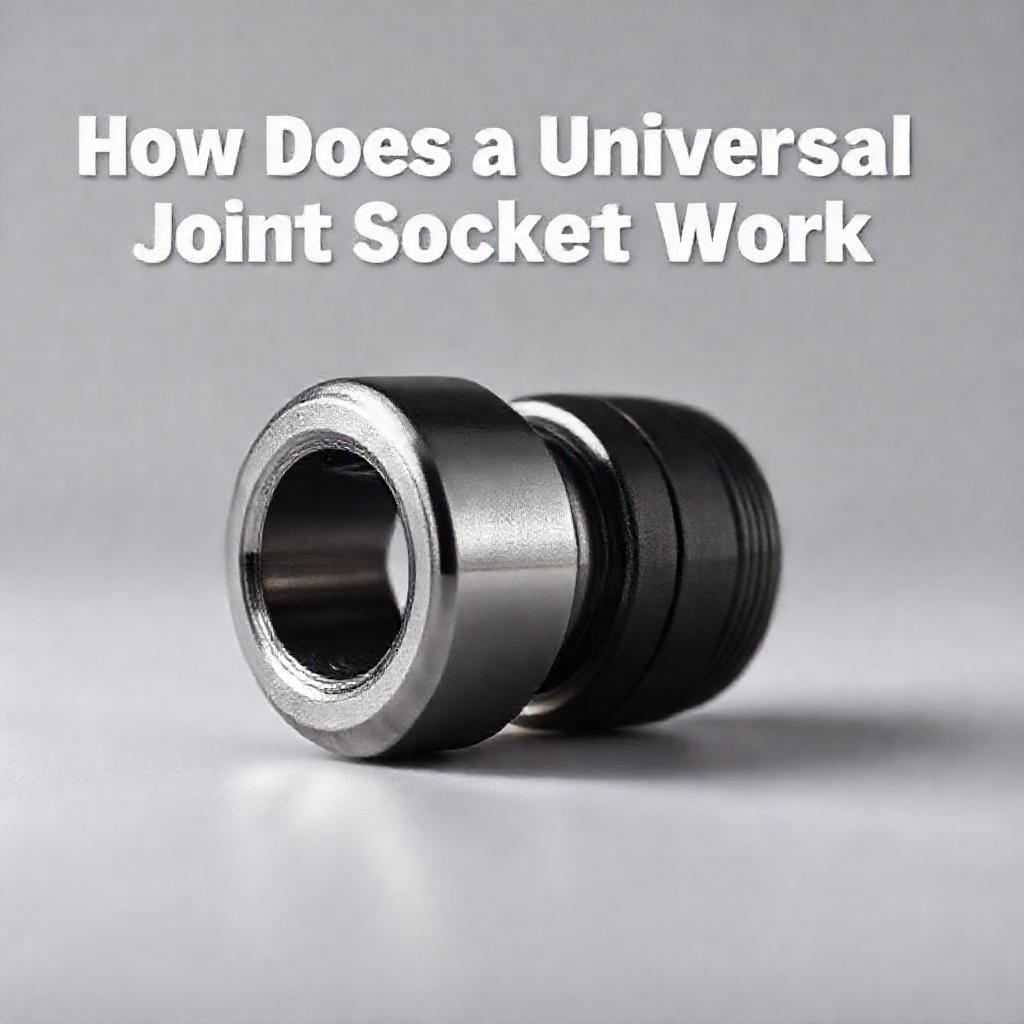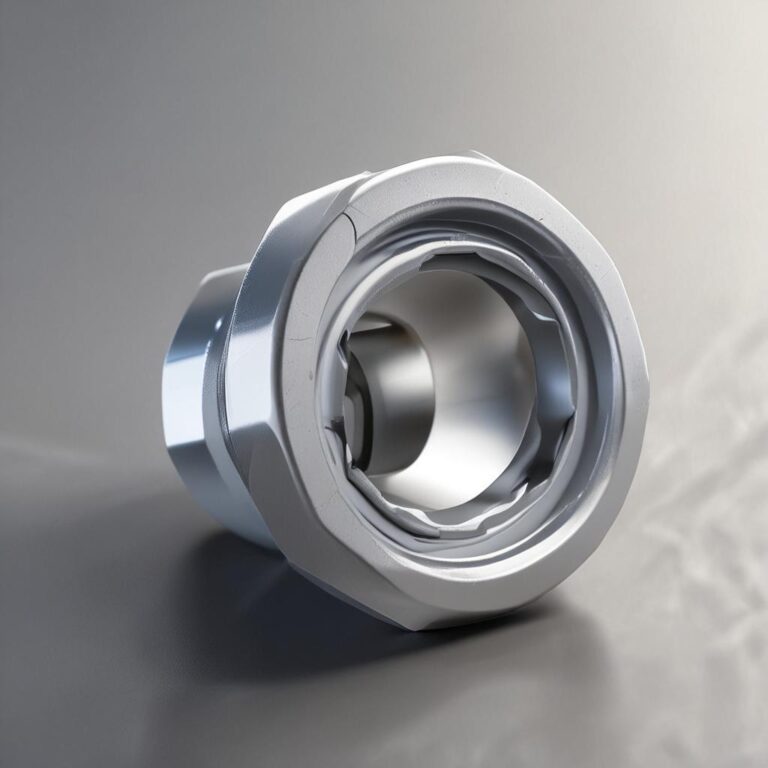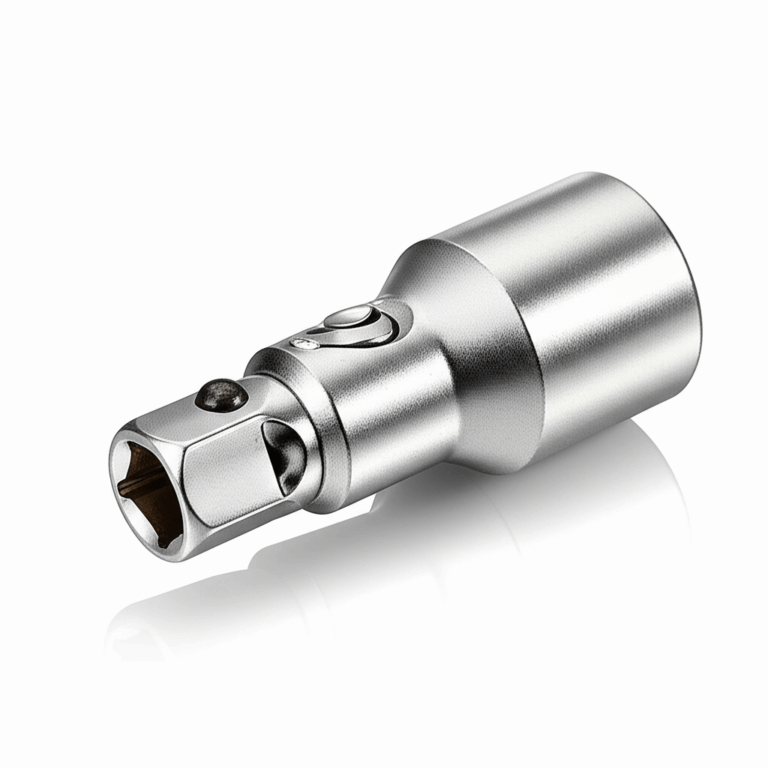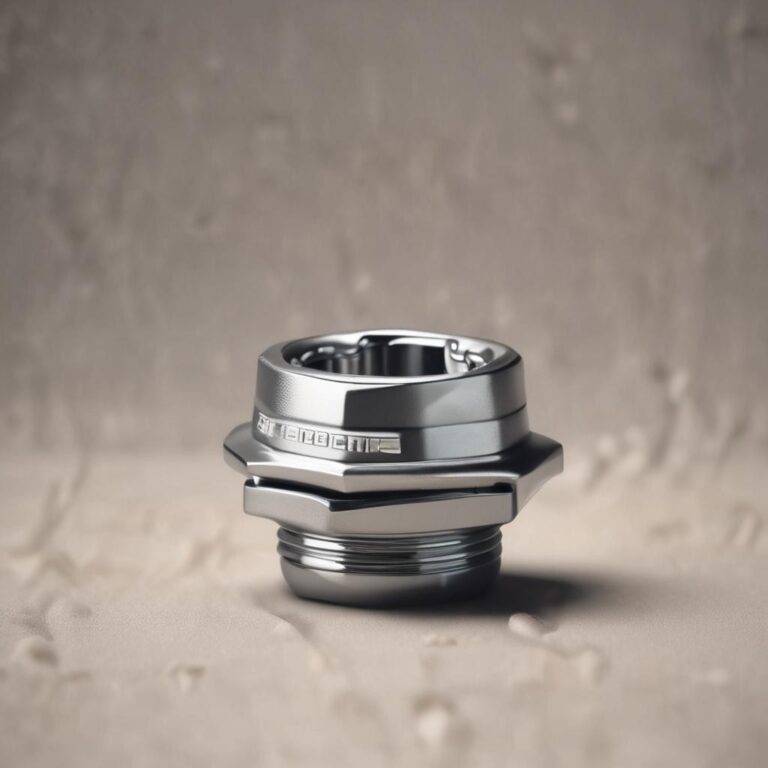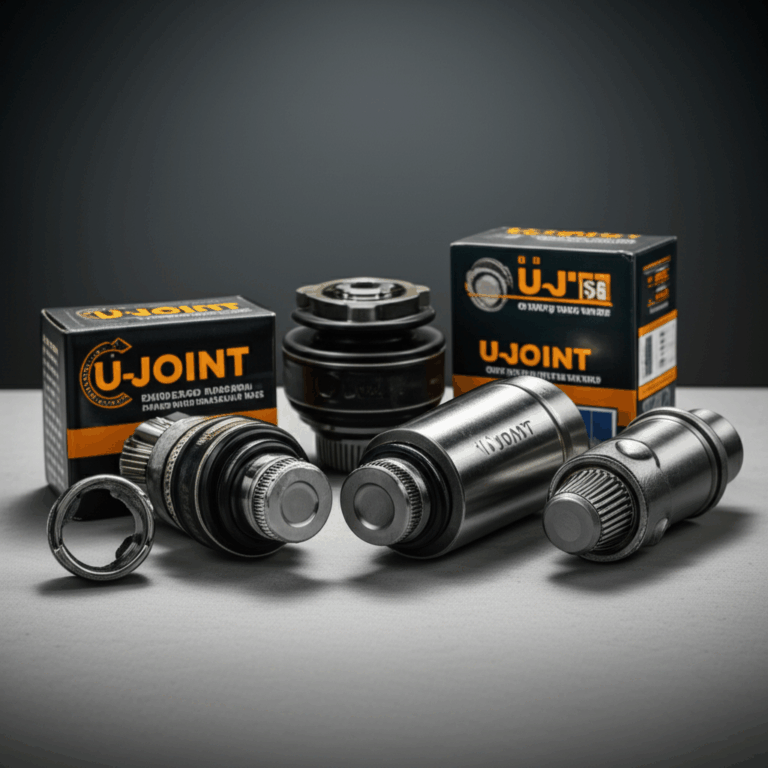How Does a Universal Joint Socket Work
Universal joints (U-joints) are essential components in mechanical systems, enabling the transmission of rotational power between misaligned shafts. At the heart of these joints lies the U-joint socket, a critical part that connects the joint to other components while allowing smooth movement. Understanding how a U-joint socket works is key to maintaining efficient machinery, from vehicles to industrial equipment. In this guide, we’ll break down the mechanics, applications, and maintenance of U-joint sockets to help you grasp their importance and functionality.
Understanding Universal Joints (U-Joints)
A universal joint, or U-joint, is a flexible coupling that connects two rotating shafts at an angle, allowing them to transmit torque even when they are not perfectly aligned. This flexibility is crucial in applications where shafts may shift due to movement, wear, or design constraints.
U-joints are widely used in automotive driveshafts, industrial machinery, and even heavy equipment like cranes. There are two main types: single U-joints, which accommodate minor misalignments, and double U-joints (or Cardan joints), which can handle greater angles and more complex movements.
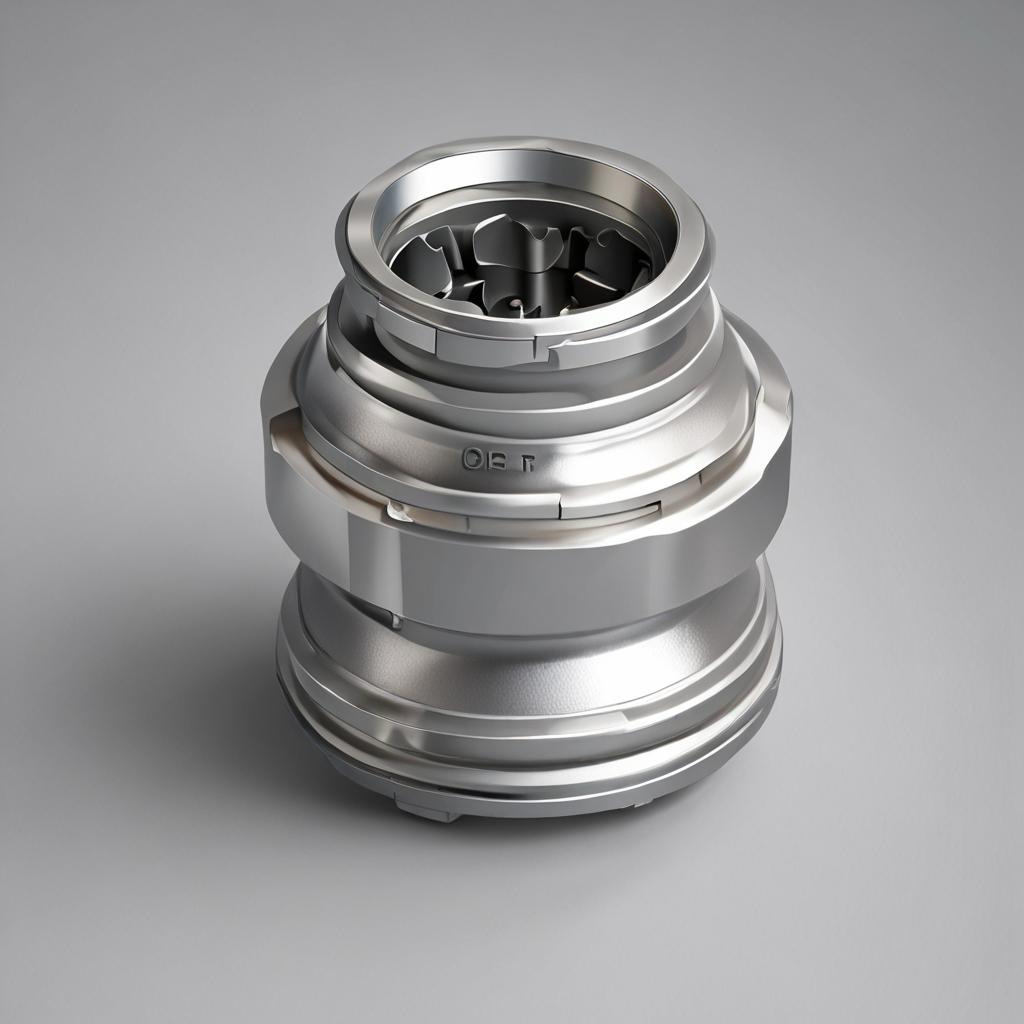
The Role of a Universal Joint Socket
The U-joint socket is the part that physically connects the joint to other components, such as shafts or yokes. It ensures a secure fit while allowing the necessary rotational and angular movement. A high-quality socket is designed to withstand torque, vibration, and wear, making it a vital part of any U-joint assembly.
Key features of a reliable U-joint socket include durable bearings, precise machining, and proper sealing to prevent contamination. The socket’s design must match the application’s requirements to ensure optimal performance and longevity.
How Does a U-Joint Socket Work? Step-by-Step Explanation
The Basic Mechanism
The socket enables rotational movement by housing bearings that allow the joint’s cross or spider assembly to pivot. This movement compensates for misalignment between shafts, ensuring smooth power transmission. The socket’s design allows the joint to flex while maintaining the connection between components.
Key Components of a U-Joint Socket
The socket consists of several critical parts, including:
Key Features
Torque Transmission
Efficiently transfers rotational power between misaligned shafts
Available
Angular Misalignment Compensation
Accommodates up to 45° of shaft misalignment
Available
Universal Joint Design
Uses cross-shaped yoke and bearing cups for smooth rotation
Available
High-Speed Operation
Supports rotational speeds up to 5000 RPM
Limited
Corrosion Resistance
Stainless steel construction for harsh environments
Coming Soon
Feature overview for How Does a Universal Joint Socket Work
- Bearings and needle rollers: These reduce friction between the socket and the cross assembly, ensuring smooth movement.
- Cross or spider assembly: The central component that connects the two yokes and enables angular movement.
- Seal and grease fittings: These protect the bearings from dirt and moisture while allowing lubrication to keep the joint operating smoothly.
Movement & Alignment Compensation
The socket’s design allows the U-joint to pivot, compensating for misalignment between shafts. This flexibility is essential in applications like vehicles, where the driveshaft must adjust to changes in suspension or wheel movement. Proper lubrication is crucial to prevent wear and ensure long-term reliability.
Common Issues & Maintenance Tips
Signs of a Failing U-Joint Socket
A worn U-joint socket can cause problems such as:
- Strange noises like clicking, clunking, or rattling
- Excessive vibrations, especially during acceleration
- Visible wear, looseness, or roughness in movement
Ignoring these signs can lead to further damage or mechanical failure.
Maintenance Best Practices
To extend the life of a U-joint socket:
- Lubricate regularly: Use the manufacturer-recommended grease and follow the suggested intervals (e.g., every 6 months or 5,000 miles for automotive use).
- Inspect for wear: Check for play, cracks, or excessive movement during routine maintenance.
- Replace when necessary: If bearings or seals are damaged, replacement is often the safest option.
Applications & Industries Using U-Joint Sockets
U-joint sockets are used across various industries, including:
- Automotive: In driveshafts, transfer cases, and steering systems.
- Industrial Machinery: For conveyor systems, pumps, and power transmission.
- Marine & Aerospace: In propulsion systems and control mechanisms.
Choosing the Right Universal Joint Socket
When selecting a U-joint socket, consider:
- Load capacity: Ensure the socket can handle the torque and stress of your application.
- Material: High-grade steel or alloy components offer better durability.
- Size and compatibility: Match the socket to your U-joint’s specifications.
While budget options may seem appealing, investing in a high-quality socket can prevent costly failures down the line.
Conclusion
Universal joint sockets play a pivotal role in mechanical systems, enabling efficient power transmission while compensating for misalignment. Understanding their function, maintaining them properly, and selecting the right components are essential for smooth operation in automotive, industrial, and other applications. By following best practices and recognizing early signs of wear, you can ensure long-lasting performance from your U-joint sockets.
FAQ Section
1. What is the difference between a universal joint and a U-joint socket?
A universal joint is the entire assembly, while the socket is a specific component that connects to other parts like shafts or yokes.
2. How often should I grease a U-joint socket?
Typically every 6 months or 5,000 miles (for automotive use), but always check the manufacturer’s recommendations.
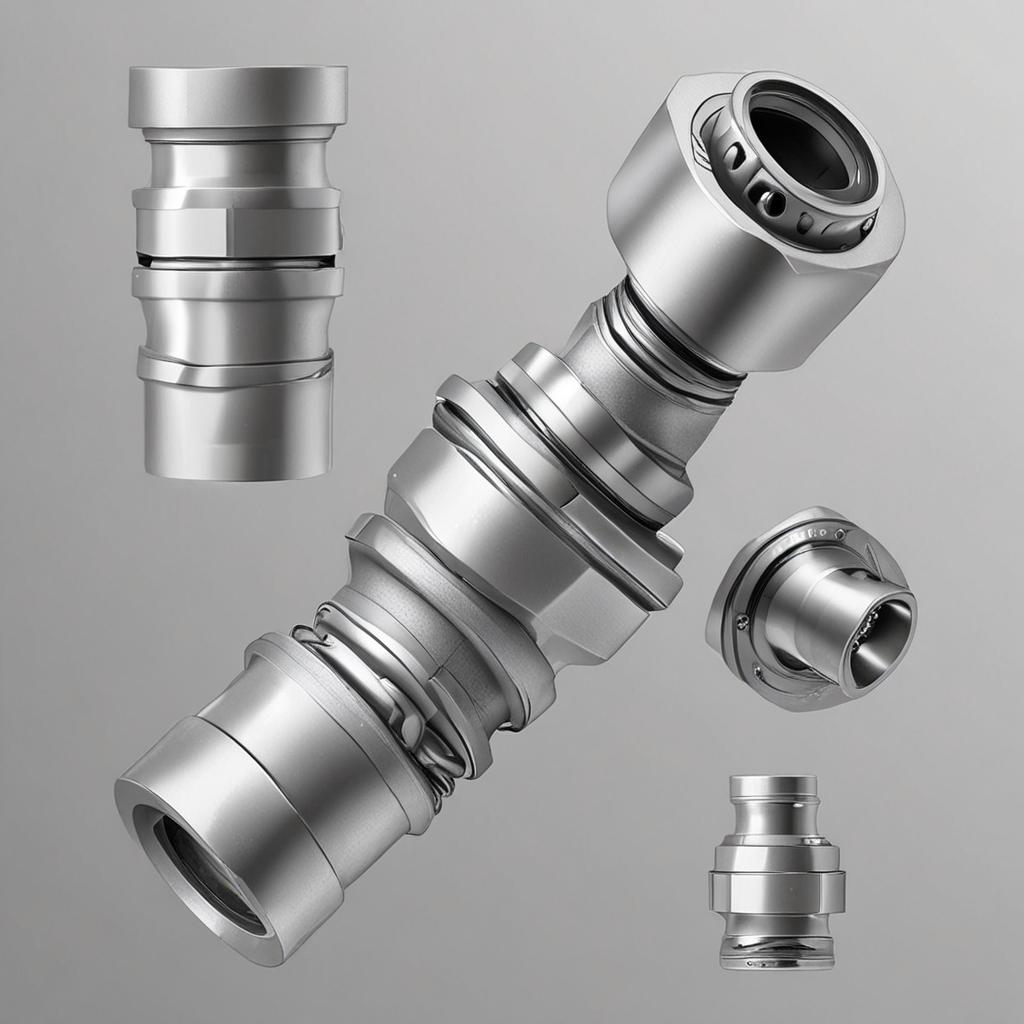
3. Can a worn U-joint socket be repaired, or does it need replacement?
If bearings or seals are damaged, replacement is usually necessary for safety and performance.
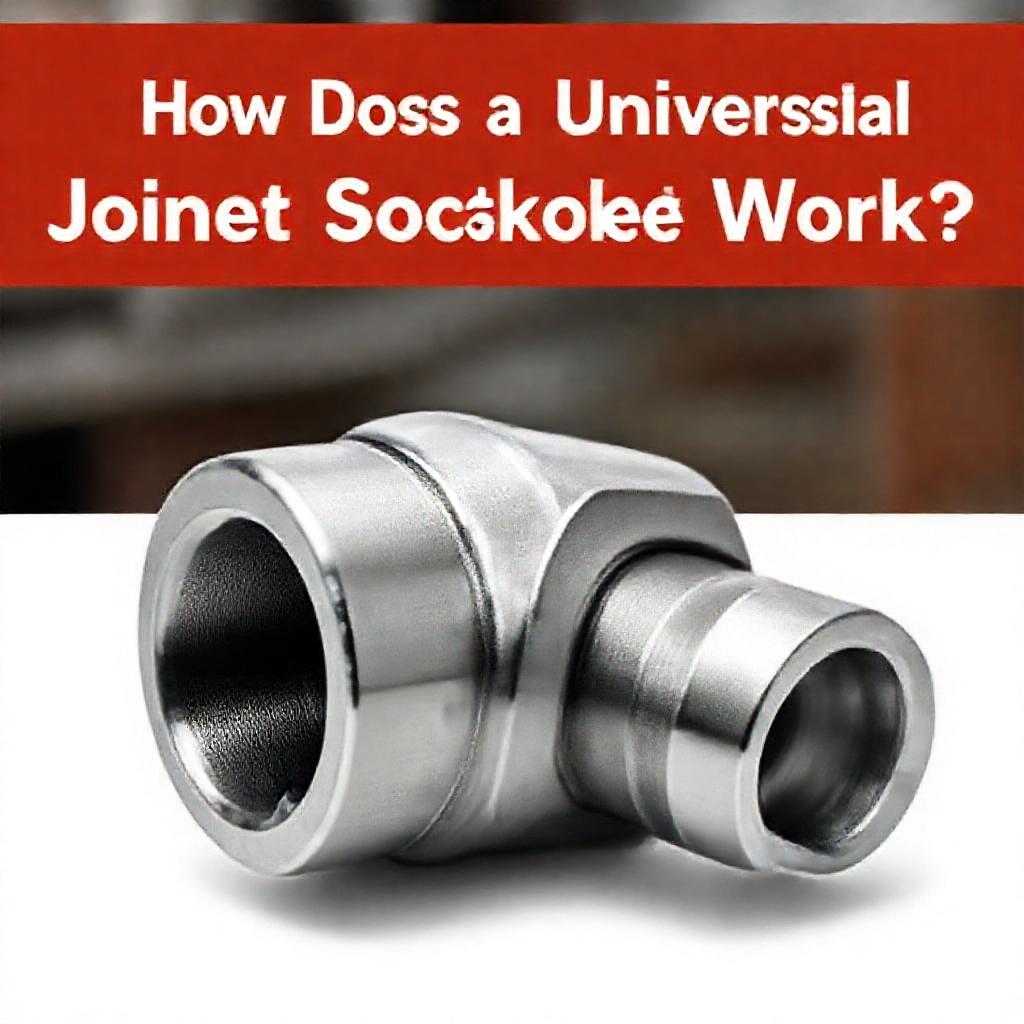
4. Are all U-joint sockets universal in fitment?
No, they vary by size, type, and application—always verify compatibility before installation.
5. What happens if a U-joint socket fails?
It can lead to loss of power, excessive vibrations, or even complete mechanical failure in severe cases.

